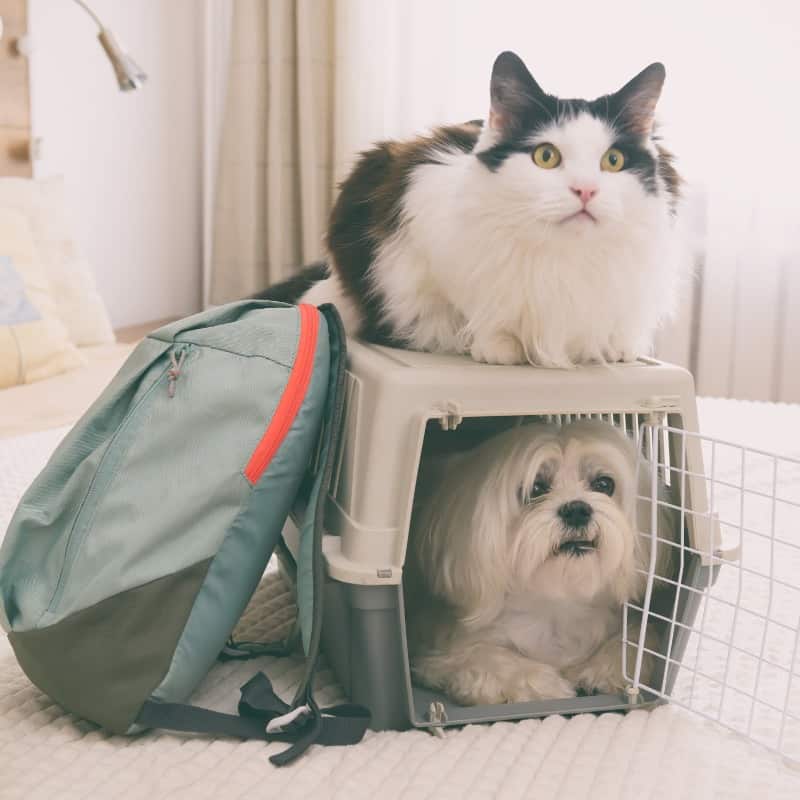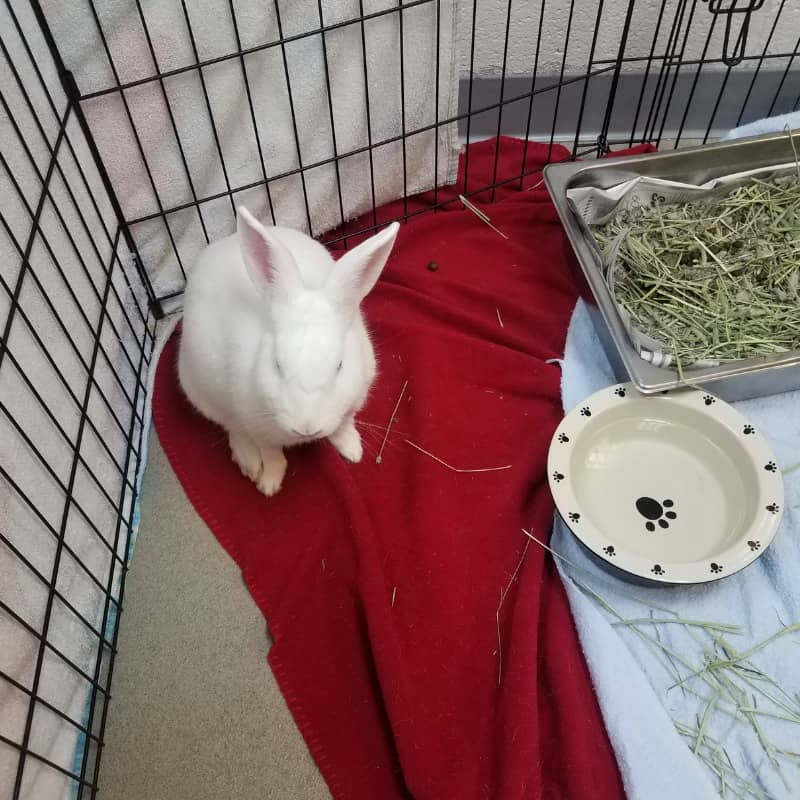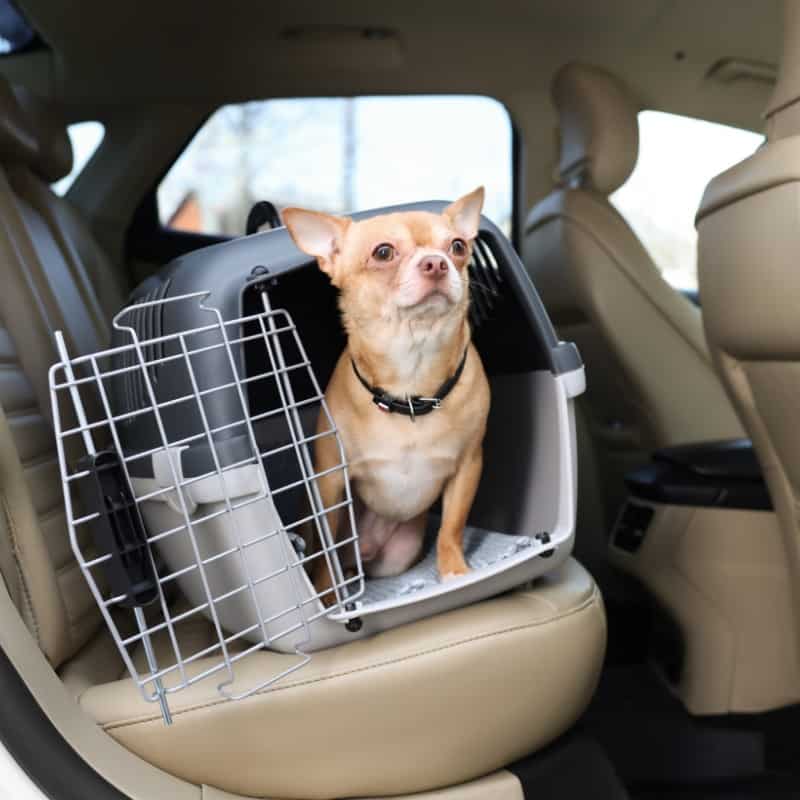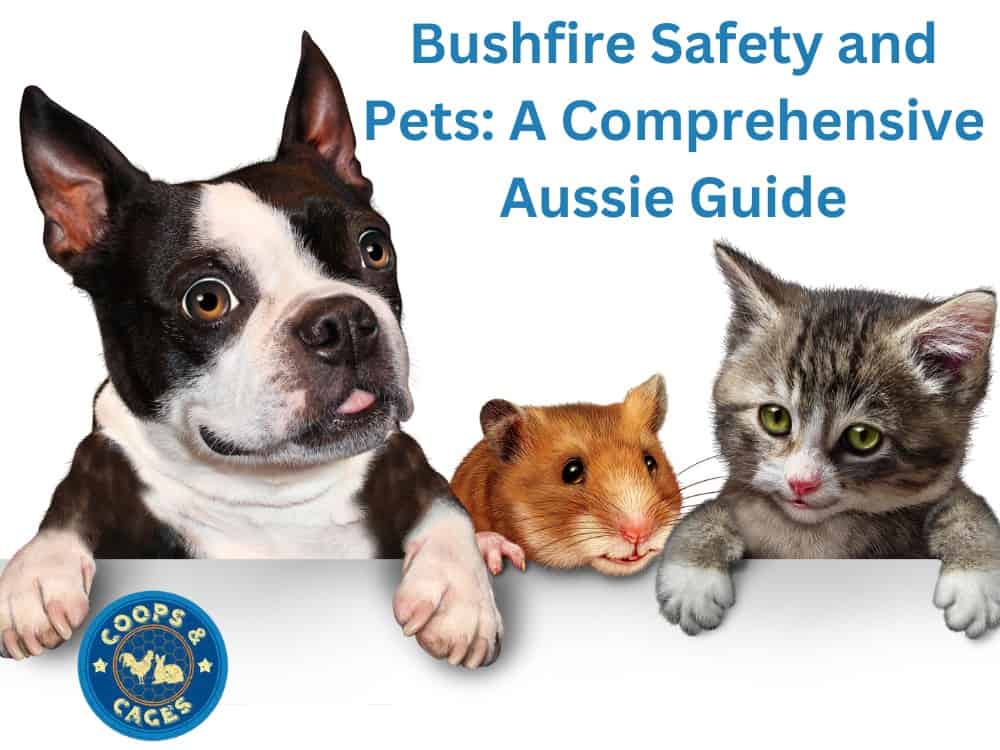FAQ's, How To Do Things
Bushfire Safety and Pets: A Comprehensive Aussie Guide
Australia’s stunning landscapes and wildlife are matched only by the ever-present risk of bushfires. As we prepare for hot dry summers, there’s one vital aspect we mustn’t forget- bushfire safety and pets.
Join us as we discover the essential steps and precautions to protect our beloved pets from bushfire threats. Bushfire safety and pets- a combination demanding our attention, compassion, and organisation.
Prepare Your Pets for Bushfire Season
Preparing your pets for bushfire season is an essential responsibility for pet owners. By being prepared, you can significantly increase the chances of keeping your animal companions safe when bushfire season strikes.
Create a Bushfire Survival Plan for Your Pets
Having a well-thought-out bushfire survival plan is essential for the safety of your pets. I’ve created a step-by-step plan to help you prepare:
Identification and Microchipping:
An essential part of preparation includes ensuring your pet’s identification tags and microchip details are up to date with emergency contact details. In case you’re separated during a crisis, it’s an easy way to reconnect.
Create an Emergency Kit for Pets:
Prepare a pet bushfire relocation kit for each animal that includes:
- At least a week’s supply of food and water.
- Medications and pet first-aid kit.
- Food and water bowls.
- A leash, harness, or carrier for safe transportation.
- Blankets or bedding for comfort.
- Favourite toys or comfort items to reduce stress.
- Copies of important documents (pet’s medical history, vaccination records including proof of ownership papers).
Safe Shelter:
Identify safe locations where your pets can shelter during a bushfire, such as a pet-friendly evacuation centre, or a relative/friend’s place.
- Create a written list of these locations, including contact information.
Evacuation Plan:
- Develop a clear plan for evacuation for your family and pets.
- Practice evacuating with your pets so they become familiar with the process.
- Assign specific roles to family members for pet evacuation tasks.
Communication:
- Stay informed about bushfire conditions through local news and emergency services.
- Have a battery-powered or hand-cranked radio to receive updates.
- Ensure all family members are aware of your bushfire plan and know where to meet if separated.
Transport:
- If evacuating, have a safe means of transporting your pets, such as a pet carrier or crate.
- Keep pet carriers, leashes, and harnesses within easy reach.

Fire-Resistant Landscaping:
– Maintain a defensible space around your property by clearing away flammable vegetation and debris.
– Install fire-resistant fencing or enclosures to keep pets contained.
– Ensure outdoor pet enclosures and housing are kept away from bushy fence lines.
Stay Calm and Reassure Your Pets:
– During a bushfire, keep your pets indoors or in a safe enclosure, or crate.
– Some animals can sense danger when smoke is around or become anxious at the sound of sirens. Remain calm to reduce stress in your pets.
– Providing your pet with a calming bed can be a great option to help them feel safe and secure.
– If you must evacuate, leave early with your pets, as leaving them behind is not a safe option.
Stay Informed and Adapt:
– Be prepared to adapt your plan based on changing circumstances and fire conditions.
– Regularly review and update your emergency kit, contact information, and evacuation routes.
Remember, in a bushfire emergency, your pets rely on you for their safety. A bushfire relocation plan can make all the difference in ensuring their well-being during a crisis.

Create a Safe Space for Your Pets
In the face of bushfires, your pets need a haven. A place they can retreat to when danger looms. Just like us humans, our pets should have a safe spot during emergencies.
Dogs, by nature, prefer an indoor space where they can have their familiar comforts nearby – think bedding and toys. On the other hand, smaller creatures like rabbits or guinea pigs may find safety in sturdy indoor cages that provide good ventilation.
Why It’s Vital to Monitor Air Quality
During the bushfire season, it’s not uncommon for our pets’ outdoor adventures to be interrupted. Smoke and pollutants from fires can significantly degrade air quality, putting our pets at risk.
Small animals like rabbits, guinea pigs and birds are particularly vulnerable to respiratory issues caused by poor air quality. And let’s not forget about our reptile mates; they too need clean air.
It’s best to keep your pets inside until the air clears up. Playpens and crates are a great idea for containing dogs and cats, consider an indoor hutch for smaller pets. Other options include boarding kennels if you are unable to accommodate your pets inside.

Immediate Veterinary Care: A Must for Bushfire-Exposed Pets
In the unfortunate event that your pet has been exposed to bushfire smoke or heat, don’t hesitate – take them straight to a vet. Just like with humans, these harmful elements can lead to serious health issues in animals.
Pets affected by smoke inhalation require professional care and monitoring. Home remedies are no match for specialised treatments that only qualified vets can provide.
FAQs in Relation to Bushfire Safety and Pets
What to do with pets during a bushfire?
Create a plan for evacuation with your pets, keep them indoors, monitor air quality, and if necessary, move them to a safe space. Always have their supplies ready.
How do you keep pets safe in a fire?
Ensure they’re microchipped with updated tags, create a secure retreat area at home, and stock up on essential supplies. In case of exposure, seek immediate veterinary care.
Is bushfire smoke bad for dogs?
Absolutely. Smoke from bushfires can cause respiratory problems in dogs, similar to humans. Keep them indoors when the air quality is poor.
Should I save my pets in a fire?
Your personal safety comes first, but if it’s possible without risking human lives, ensure your pet’s safety by following the established evacuation plan or moving them to safer areas.
Jordan’s Wrap
When it comes to bushfire safety and pets, preparation is key. Stocking up on supplies ensures your pets have everything they need when disaster strikes.
Air quality isn’t just important for us humans; our animal friends rely on clean air too. In the face of fire, indoors becomes the safest place for all pets. Comfort goes a long way in easing stress during these challenging situations.
At Coops and Cages, we understand the importance of treating your pets like family. Our range of transport crates and indoor housing options for your pet can help you be prepared for bushfire season.



